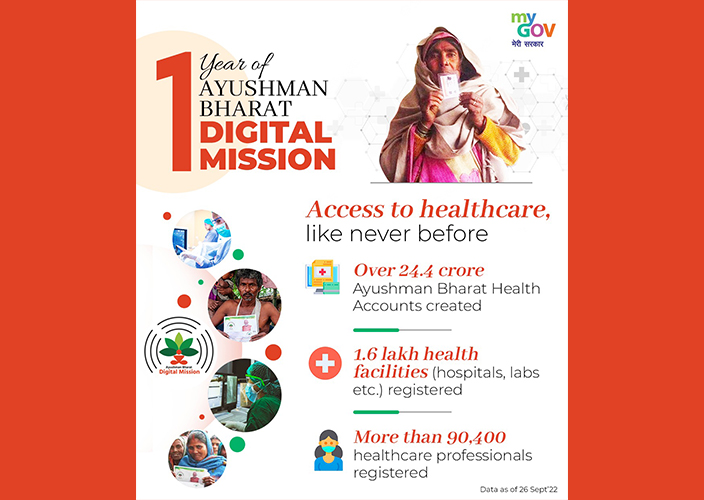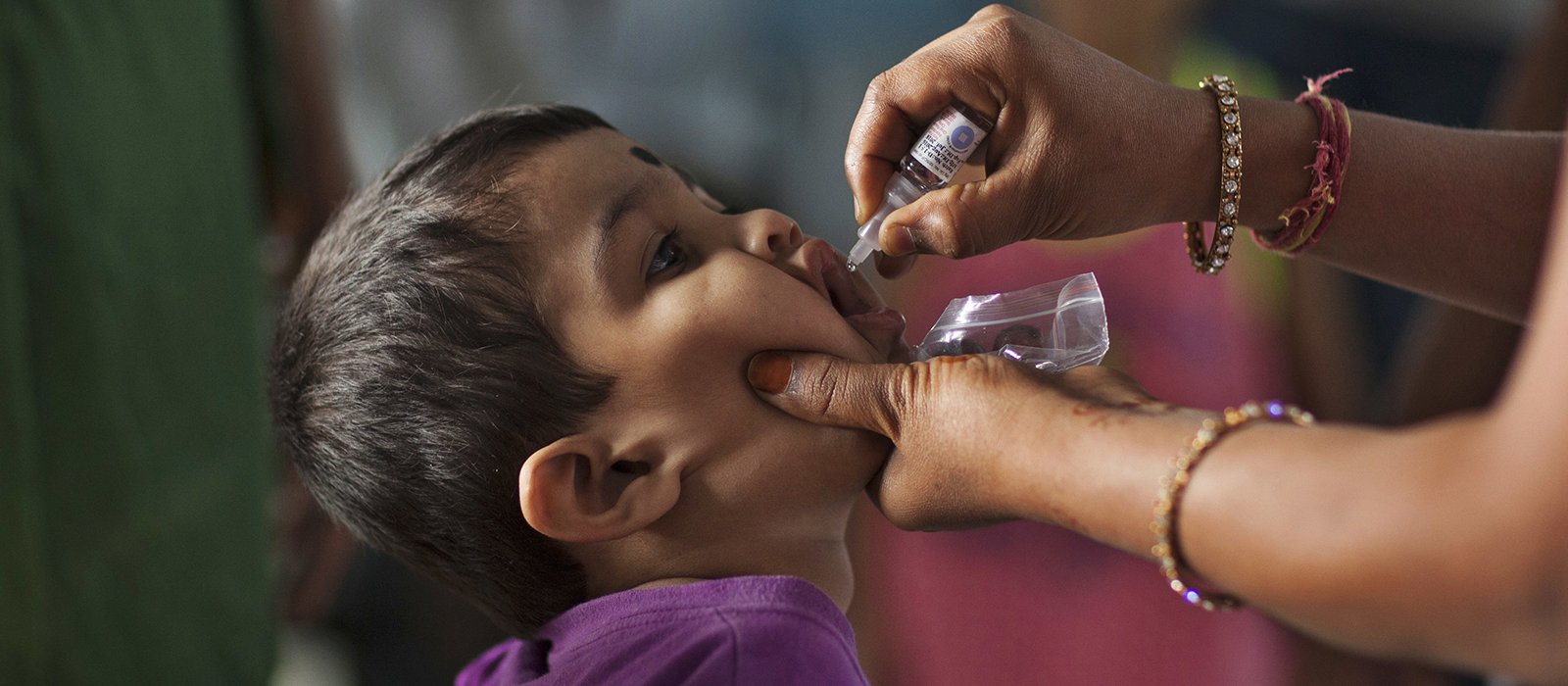Immunization, a cornerstone of public health, stands as a formidable shield against infectious diseases. Beyond individual protection, widespread immunization contributes to community immunity, curtailing the spread of diseases, and safeguarding vulnerable populations.
In the dynamic realm of public service and governmental initiatives, my tenure in the Government of India was marked by a compelling dual challenge that demanded immediate and strategic attention. The mission at hand was two-fold: to expand access to vaccines for children across the vast expanse of our nation and to craft a comprehensive sustainable strategy for the effective delivery of these vaccines to every corner of our diverse landscape.
As I immersed myself in the intricacies of this crucial undertaking, it became glaringly evident that the availability or unavailability of vaccines was not the issue. The gap was identified in vaccinating children till their last dose of vaccination. The institutional delivery system unveiled itself as a bottleneck, wherein the initial immunization at birth achieved success. However, providing the subsequent doses posed a formidable challenge. The crux of the matter lay in the complexities of reaching and vaccinating children beyond the initial dose, a task made challenging by various logistical and healthcare delivery nuances. Moreover, the underlying feeling that India was growing at the rate of 1% each year towards full immunization was just not acceptable and something dramatic had to happen.
In response to this challenge, we drew inspiration from the successful polio eradication strategy and devised a meticulous micro plan – an intricate listing of births in every village and household. This micro plan emerged as our guiding light, enabling us to identify unimmunized children in over 200 districts. Thus, Mission Indradhanush was born. It was initially conceived as a gap-filling exercise to reach children left out of the immunization net. However, the program went on to become India’s flagship immunization program aimed to achieve 90%+ of the full immunization coverage across the country and sustaining it. Initiated in 2014, the target population for the program included both children and pregnant women, with a focus on those residing in urban and underserved areas. The primary objective was to protect these vulnerable populations from vaccine-preventable diseases. The vaccines administered under Mission Indradhanush encompass crucial protection against diseases such as polio, measles, mumps, rubella, chickenpox, hepatitis B, and meningitis. Noteworthy progress has also been made over the years and ongoing efforts persist to continually enhance coverage and reach all target populations.


Unfolding Mission Indradhanush
The journey commenced with an evening meeting where a collective concern arose over the stagnation of fully immunized children in India at a mere 1% over the past six years. Perplexed by the disconnect between escalating vaccination numbers and stagnant immunization rates, a determined search began. Our exploration started with the examination of the polio micro plan, targeting villages where childbirths occurred. The mission unfolded in phases, each marked by distinct challenges and achievements. In the initial phases, our performance in increasing access to vaccines fell short of expectations. However, the subsequent stage witnessed significant improvements, and it was in the exceptional third phase that we experienced a transformative turning point. It was during this pivotal stage that the programme took off, and we realised that we could execute immunization initiatives at virtually zero cost. This realization was not a stroke of luck but a strategic understanding of certain factors, including the lack of funds. But soon we realised that additional funding may not be required.
One crucial aspect was the percentage of vaccines allocated for wastage. A calculated percentage of vaccines was designated to get wasted due to spillage; hence a potential buffer stock was there to fill the gap. These surplus vaccines were often stored in state or district godowns, serving as a reservoir. The programme strategically redirected the unused vaccines to districts in need, essentially initiating immunization with minimal additional costs. Moreover, the allocation was based on the actual number of children whereas the level of vaccination was only approximately 80% in these districts. Hence, it was clear that vaccine availability would not be an issue. This approach not only minimized wastage but also optimized the use of surplus vaccines, turning them into a valuable resource for reaching more children. What began as a pragmatic response to challenges, evolved into a comprehensive and efficient strategy.
However, there were problems larger than finance or availability of vaccines. The foremost challenge centered on securing approval for a fresh approach within the administrative sphere, a formidable task given the inherent resistance to ideas not originating from top leadership. Despite persistent efforts to persuade the then minister, all I garnered was a suggestion to further brainstorm with selected experts. I thought this would never see the final frontiers. I just waited and tried convincing. With a subsequent change in leadership bringing a new minister, he was willing to permit a soft launch, coinciding with the birthday of the late Prime Minister Atal Ji. When the first phase failed, it was met by criticism and apathy. Failure is usually the ideal weapon for all those in power to make you feel miserable. A taunt and rebuke at the highest level and general apathy to anything new was always visible. With the second phase proving to be remarkably successful, overnight, the program transformed into a collective initiative embraced by all. That day onwards it became everybody’s (except mine) programme.
Over time, Mission Indradhanush gained a reputation that extended beyond its original intent, becoming synonymous with universal immunization. It became a targeted effort to bridge gaps and elevate overall immunization rates. Its success lay in the precision of the micro plan, identifying districts and areas with specific challenges. This, coupled with the strategic utilization of surplus vaccines, transformed the initiative into a nationwide phenomenon. The impact of immunization in remote areas and marginalized populations cannot be overstated. Immunizing children wasn’t just a health intervention; it was a tool to reduce morbidity and mortality rates.
Addressing vaccine hesitancy
Despite several success in the sector, it is crucial to confront a prevalent challenge hindering the broader success of vaccination efforts – vaccine hesitancy. The scepticism surrounding the necessity of immunization can be effectively addressed by recognizing the undeniable impact of vaccines on public health in the past. Historical evidence unequivocally demonstrates the instrumental role of vaccines in eradicating formidable diseases such as smallpox, marking one of the most significant achievements in medical history. Moreover, vaccines also played a crucial preventive role, as previously seen in the case of diphtheria.
By bolstering the body’s immune response, vaccines have consistently proven their efficacy in not only controlling but also preventing the spread of infectious diseases, safeguarding individuals, and communities from severe health threats. Embracing the success stories of vaccine interventions provides a solid foundation for understanding their indispensable role in shaping a healthier and disease-resistant society.
Mission Indradhanush: a guiding star
The transformative journey of Mission Indradhanush stands as a testament to the power of strategic planning, and unwavering dedication in overcoming various challenges in the sector of public health. By thoroughly identifying gaps in immunization coverage, the mission addressed not only immediate needs but also laid the groundwork for a sustained and systematic vaccination program. This commitment to comprehensiveness set the stage for further innovations, exemplified by the introduction of injectable forms of vaccines like Rotavac for rotavirus and the amalgamation of multiple vaccines into a pentavalent vaccine. Such additional initiatives not only underscored the adaptability of Mission Indradhanush but also showcased its forward-thinking approach, especially within the broader context of routine immunization. In its constant effort to reach more children and communities in need, Mission Indradhanush transcended the boundaries of a singular campaign and became the guiding star, inspiring future initiatives and reinforcing the imperative of immunization in shaping a healthier tomorrow.





